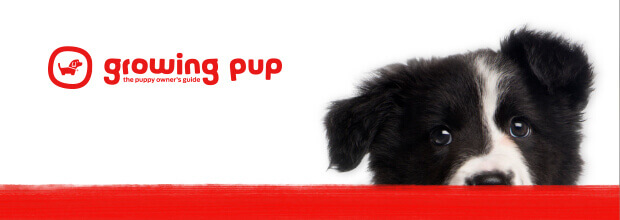This dog breed might make you think it’s got a short biography as its name, but the Old English Sheepdog moniker is a bit misleading. This breed of dogs is not that old, it’s only partially English and was used to move cattle and not work sheep!
The breed emerged in England in the mid-1700s and was most probably a cross between the native Bearded Collies with European breeds such as the Bergamasco or some of the Russian guardian breeds. Once developed in the UK, it found a home in the West Country where over the years, it became the breed we know today. It was also called the Bobtail because in the 18th century a tax exemption was granted to drover dogs, which helped drive the herds to market. A sheepdog would never be modified in this way as they need their tails for the fast, athletic turning that is essential to work sheep.
Old English Sheepdogs were excellent at this job because of their eagerness to work, their strength of body and mind, and their weather-resistant coats. The coats were sheared annually along with the sheep and the farmers’ wives spun the dog shearings as well as the sheep's wool into warm clothing.
Standard Poodle
Country of origin: Germany
The original Poodle is the Standard Poodle, a water retrieving dog. Their unusual haircuts were not about fashion, but rather a way for owners to make sure their dogs didn’t get waterlogged and become too heavy to swim easily in lakes. While keeping the vital organs and joints protected, much of the rest of their hair was shaved off.
The Sheepadoodle can have any combination of the two breeds in their appearance, behaviour and temperament.













